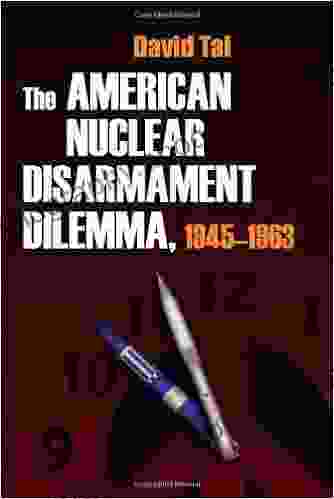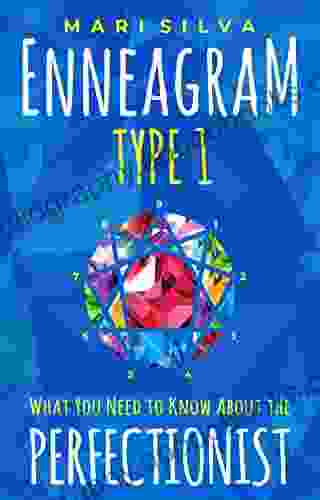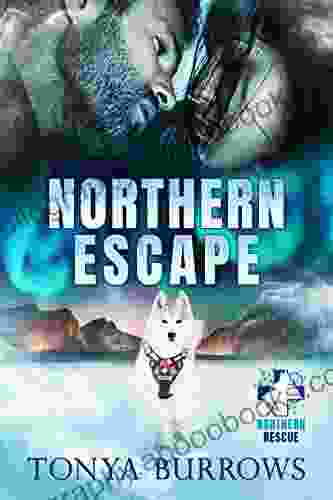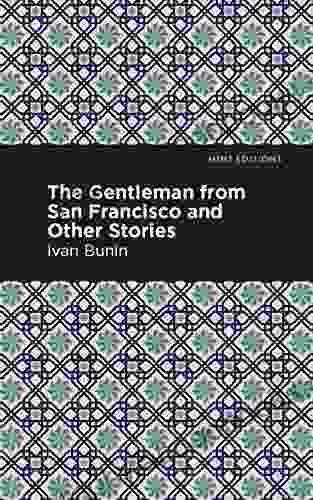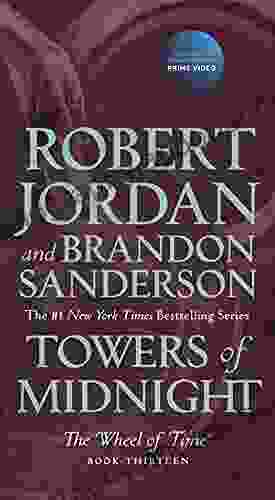Unveiling the American Dilemma: Disarmament and the Shadow of the Atomic Age

A Journey into the Heart of Nuclear Disarmament
In the wake of the devastating dawn of the atomic age, the world found itself grappling with a profound dilemma: the urgent need for nuclear disarmament amidst the simmering tensions of the Cold War. The United States, as the nation that first unleashed the power of the atomic bomb, faced a moral and strategic quandary with far-reaching implications.
4.6 out of 5
| Language | : | English |
| File size | : | 2538 KB |
| Text-to-Speech | : | Enabled |
| Screen Reader | : | Supported |
| Word Wise | : | Enabled |
| Print length | : | 344 pages |
| Paperback | : | 14 pages |
| Item Weight | : | 0.811 ounces |
| Dimensions | : | 5.1 x 0.1 x 8 inches |

The American Nuclear Disarmament Dilemma
The American Nuclear Disarmament Dilemma, as explored in Syracuse Studies on Peace, delves into the complex interplay of factors that shaped the United States' approach to nuclear disarmament during the crucial years between 1945 and 1963. It examines the intricate web of scientific, technological, political, and ethical considerations that influenced policymakers as they navigated the treacherous path of nuclear disarmament.
The Shadow of the Atomic Bomb
The advent of atomic weapons cast a long and ominous shadow over the post-war world. The sheer destructive power of these weapons shattered the illusion of global security and raised fundamental questions about the nature of warfare and the survival of civilization. The United States, as the sole possessor of nuclear weapons, found itself burdened with an unprecedented responsibility.
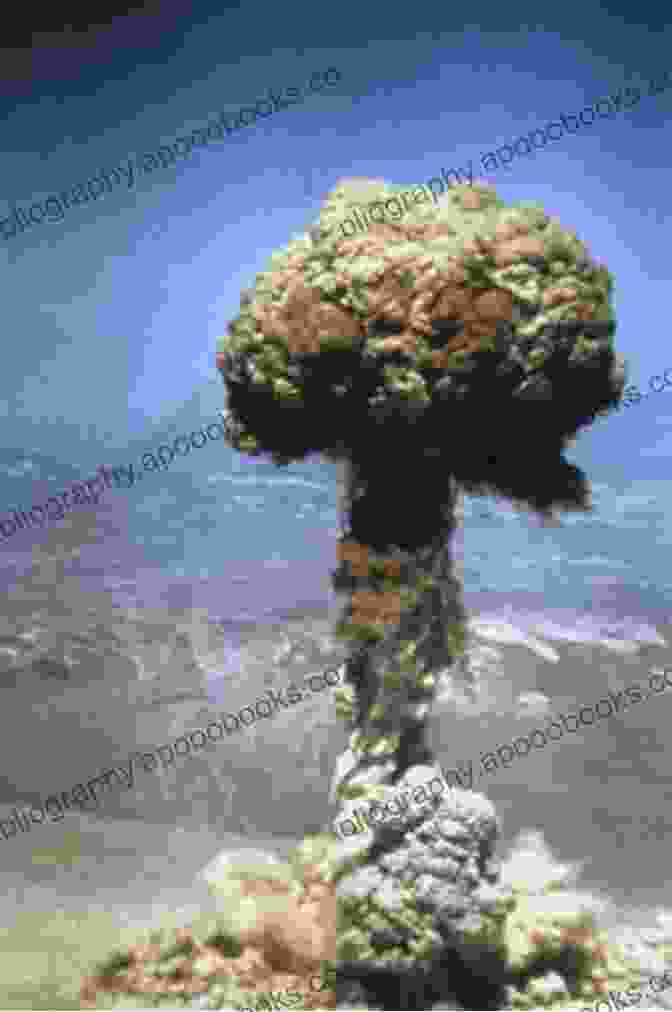
The Cold War and the Arms Race
The Cold War, an era of intense ideological and political rivalry between the United States and the Soviet Union, further complicated the nuclear disarmament dilemma. The two superpowers engaged in a relentless arms race, each seeking to outpace the other in the accumulation of nuclear weapons. This escalating competition fueled fears and distrust, making it increasingly difficult to find common ground on disarmament.
The Scientific and Technological Debate
The scientific and technological landscape of the nuclear age also played a pivotal role in shaping the disarmament debate. Advances in nuclear physics and weapon design made it possible to create even more powerful and destructive weapons. This raised concerns about the potential for nuclear war and the devastating consequences it would have for humanity.
Ethical and Moral Considerations
Beyond the strategic and political implications, the American Nuclear Disarmament Dilemma also engaged with profound ethical and moral questions. The use of nuclear weapons raised fundamental issues about the limits of warfare, the responsibility to protect civilians, and the preservation of human life. These moral dilemmas weighed heavily on policymakers as they grappled with the complex choices facing them.
Navigating the Challenges: Policymakers and Proposals
In the midst of these complex and multifaceted challenges, policymakers in the United States grappled with the task of formulating a coherent nuclear disarmament strategy. A wide range of proposals emerged, each reflecting different perspectives on the nature of the threat and the best path forward.
The Baruch Plan
In 1946, the United States proposed the Baruch Plan, which called for the international control of nuclear weapons under the auspices of the United Nations. The plan aimed to prevent nuclear proliferation and promote transparency and cooperation. However, it faced resistance from the Soviet Union, which was unwilling to cede control of its nuclear program.
The Eisenhower Plan
In 1953, President Eisenhower presented his Atoms for Peace proposal, which focused on the peaceful uses of nuclear technology. The plan sought to reduce tensions and promote cooperation between nations while also addressing concerns about nuclear proliferation. However, it did not directly address the issue of nuclear disarmament.
The Partial Test Ban Treaty
In 1963, the United States, the Soviet Union, and the United Kingdom signed the Partial Test Ban Treaty, which prohibited nuclear武器试验 in the atmosphere, outer space, and underwater. While the treaty did not end nuclear testing altogether, it represented a significant step towards arms control and was seen as a potential precursor to further disarmament measures.
Legacy and Impact
The American Nuclear Disarmament Dilemma remains a defining moment in international relations and nuclear policy. The decisions and debates of this era shaped the course of the Cold War and continue to resonate in the present day.
The Syracuse Studies on Peace provide a comprehensive and nuanced examination of the American Nuclear Disarmament Dilemma, shedding light on the complexities and challenges policymakers faced during this pivotal period. The book offers valuable insights into the dilemmas and choices that continue to haunt our relationship with nuclear weapons.
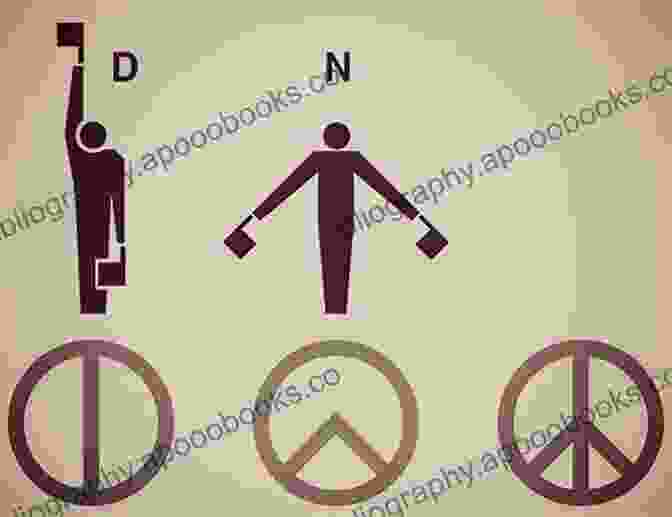
: A Continuing Quest for Nuclear Disarmament
The American Nuclear Disarmament Dilemma serves as a stark reminder of the urgent need to continue striving for nuclear disarmament. The risks and consequences of nuclear proliferation and the potential for catastrophic destruction remain ever-present.
The book challenges us to engage critically with the legacy of the nuclear age and to seek creative and collaborative solutions to the ongoing threat posed by nuclear weapons. As we navigate the complexities of the 21st century, the quest for nuclear disarmament remains a vital imperative for ensuring a more secure and peaceful future for humanity.
4.6 out of 5
| Language | : | English |
| File size | : | 2538 KB |
| Text-to-Speech | : | Enabled |
| Screen Reader | : | Supported |
| Word Wise | : | Enabled |
| Print length | : | 344 pages |
| Paperback | : | 14 pages |
| Item Weight | : | 0.811 ounces |
| Dimensions | : | 5.1 x 0.1 x 8 inches |
Do you want to contribute by writing guest posts on this blog?
Please contact us and send us a resume of previous articles that you have written.
 Book
Book Novel
Novel Page
Page Chapter
Chapter Text
Text Story
Story Genre
Genre Reader
Reader Library
Library Paperback
Paperback E-book
E-book Magazine
Magazine Newspaper
Newspaper Paragraph
Paragraph Sentence
Sentence Bookmark
Bookmark Shelf
Shelf Glossary
Glossary Bibliography
Bibliography Foreword
Foreword Preface
Preface Synopsis
Synopsis Annotation
Annotation Footnote
Footnote Manuscript
Manuscript Scroll
Scroll Codex
Codex Tome
Tome Bestseller
Bestseller Classics
Classics Library card
Library card Narrative
Narrative Biography
Biography Autobiography
Autobiography Memoir
Memoir Reference
Reference Encyclopedia
Encyclopedia Mike O Connor
Mike O Connor Lou J Berger
Lou J Berger Janet G Woititz
Janet G Woititz Nancy Urzo
Nancy Urzo Pamela Young
Pamela Young From Hell
From Hell Deborah Ellis
Deborah Ellis Gavan Daws
Gavan Daws Michelle Hanson
Michelle Hanson Deborah Chandler
Deborah Chandler Amanda Vanderbroek
Amanda Vanderbroek S Rena
S Rena James G Simmonds
James G Simmonds James Ball
James Ball John Measey
John Measey Dawn Kurtagich
Dawn Kurtagich William Briggs
William Briggs Dean K Fick
Dean K Fick David Yee
David Yee David S Craig
David S Craig
Light bulbAdvertise smarter! Our strategic ad space ensures maximum exposure. Reserve your spot today!
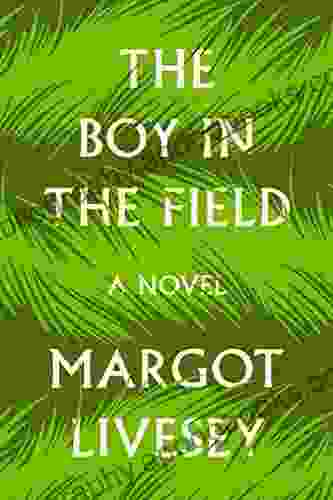
 David MitchellThe Boy in the Field: A Haunting Tale of Loss, Love, and a Secret That Will...
David MitchellThe Boy in the Field: A Haunting Tale of Loss, Love, and a Secret That Will... Jarrett BlairFollow ·8.8k
Jarrett BlairFollow ·8.8k Juan RulfoFollow ·13.3k
Juan RulfoFollow ·13.3k Fernando PessoaFollow ·17.8k
Fernando PessoaFollow ·17.8k Simon MitchellFollow ·11k
Simon MitchellFollow ·11k Benjamin StoneFollow ·6.8k
Benjamin StoneFollow ·6.8k Harold BlairFollow ·6.9k
Harold BlairFollow ·6.9k Andrew BellFollow ·16.8k
Andrew BellFollow ·16.8k Robin PowellFollow ·14.9k
Robin PowellFollow ·14.9k

 Finn Cox
Finn CoxEmpowering School-Based Professionals: A Comprehensive...
: The Role of School-Based Professionals in...
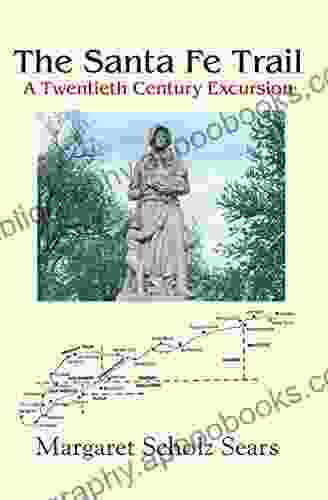
 F. Scott Fitzgerald
F. Scott FitzgeraldThe Santa Fe Trail Twentieth Century Excursion: A...
Get ready to embark on an...
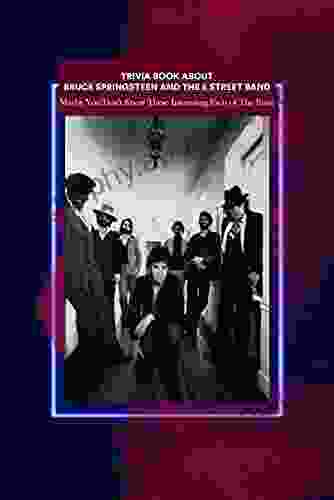
 Kendall Ward
Kendall WardThe Ultimate Trivia Guide to Bruce Springsteen and the...
Bruce Springsteen...
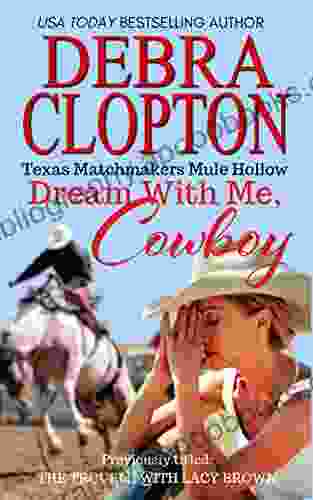
 Jedidiah Hayes
Jedidiah HayesThe Trouble with Lacy Brown: Texas Matchmakers - A...
Prepare to be swept...
4.6 out of 5
| Language | : | English |
| File size | : | 2538 KB |
| Text-to-Speech | : | Enabled |
| Screen Reader | : | Supported |
| Word Wise | : | Enabled |
| Print length | : | 344 pages |
| Paperback | : | 14 pages |
| Item Weight | : | 0.811 ounces |
| Dimensions | : | 5.1 x 0.1 x 8 inches |


